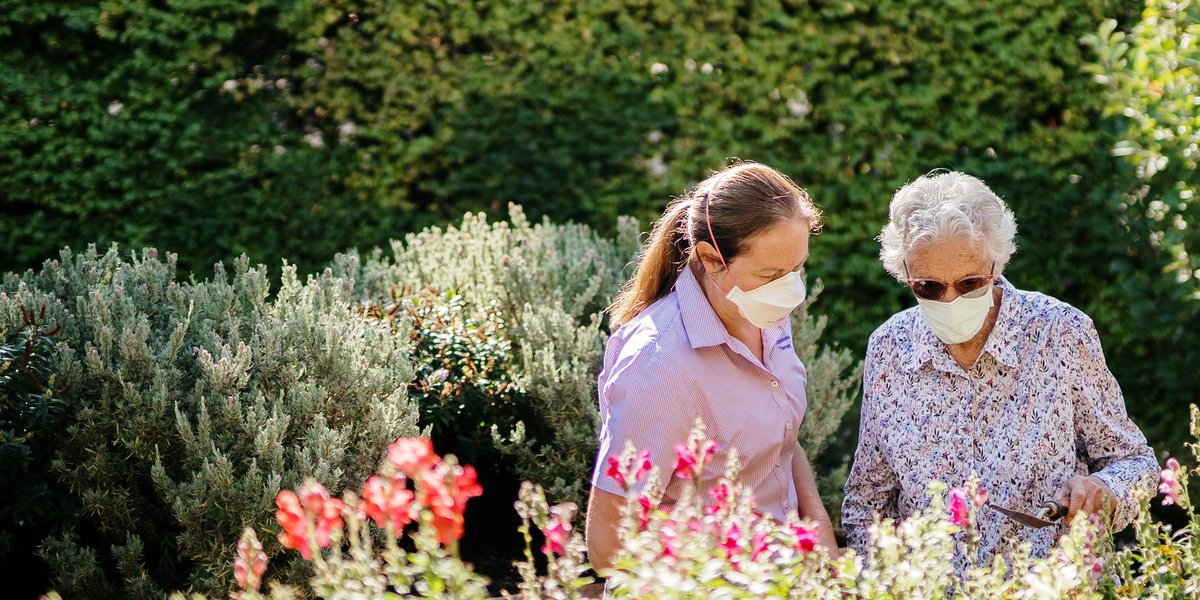Rachel Andrew
"I get a lot of referrals from people’s friends now, and I love that. It means people have come feeling worried and alone, and they’ve gotten better and talked to friends about it."
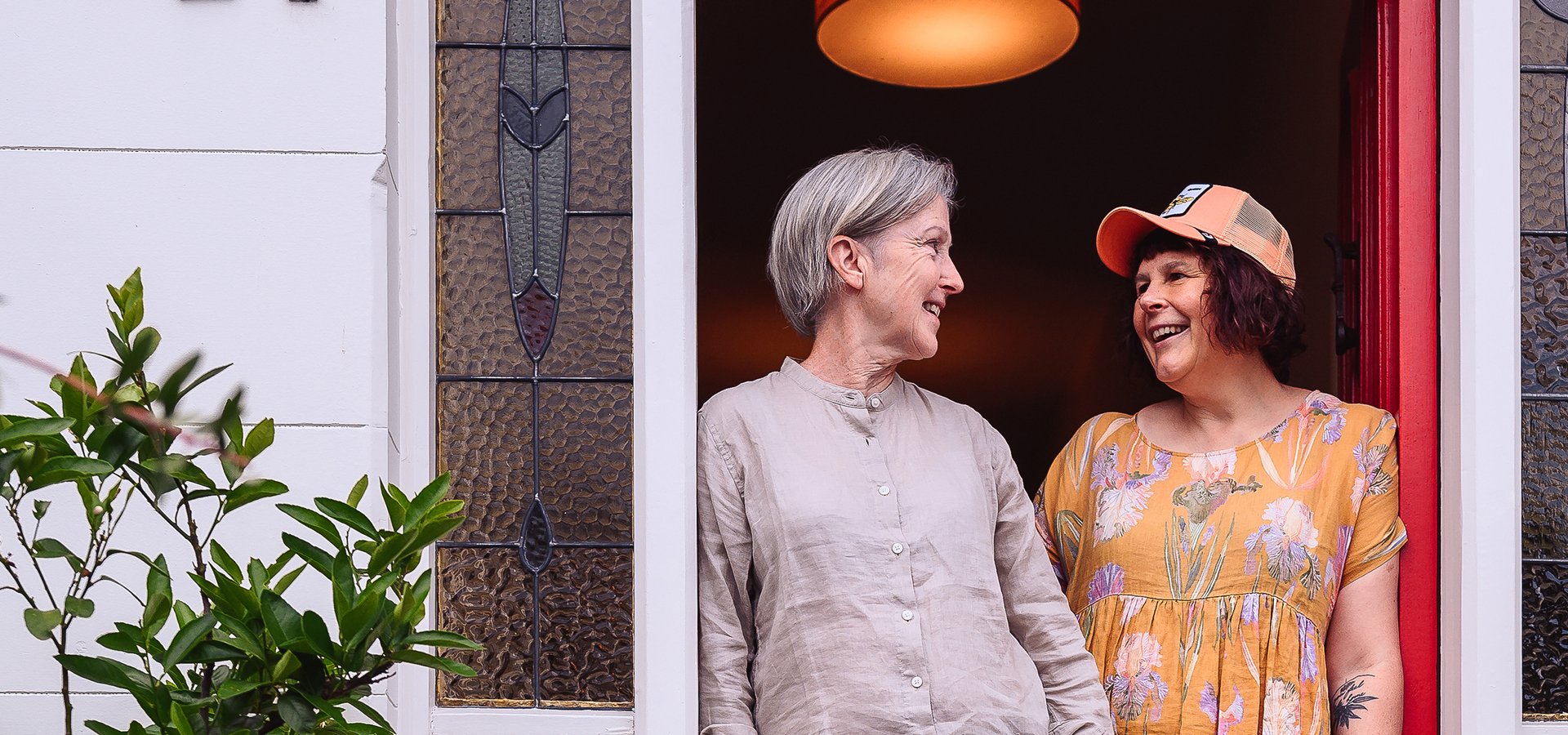
"It’s a big thing – giving birth. You’re not seeing a physio because you’re broken, or because what you did wasn’t natural. Whichever way you gave birth, you’re facilitating a natural process and natural healing."
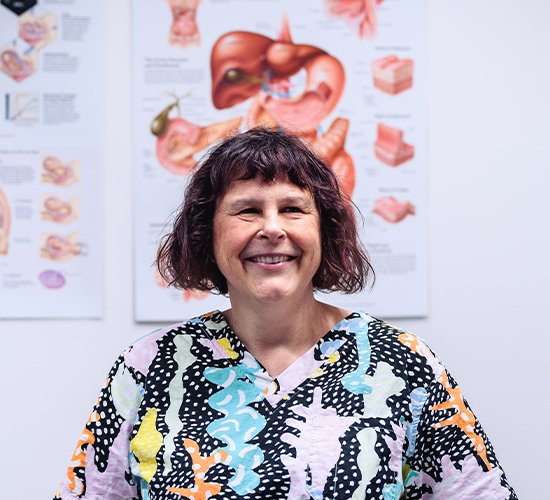
This Tasmanian story first appeared on Little Tasmanian.
In the often-busy world of having young children, it can be hard to make time for self-care and connecting with others.
It is a special thing to find someone who cares, who listens and seeks to truly understand. Rachel Andrew is one of those people.
Rachel is a women’s health and pelvic floor physiotherapist. Physios like her can make a massive difference to the lives of people who have been pregnant and given birth. “If you give birth vaginally, muscles stretch to 400% of their capacity. It’s amazing!” Rachel explains. “Our bodies are designed to do it, and whatever way you give birth, our bodies need time to recover – usually about three to four months. It’s too early to jump on a trampoline six weeks after giving birth, but if your baby is six months or more, you should be able to exercise freely. In pregnancy and post-delivery, if something is worrying you, it’s not normal. Every symptom – leaking, heaviness, pain and others – can be treated! My motto is ‘fix it, don’t live with it.’”
Her approach is one of kindness and understanding, and of meeting people where they are. She aims to care for the whole person, not a set of symptoms. “If I see someone at six months post-natal, their tissues should be healed. If they’re not doing the activities they enjoy, there are probably other reasons: being symptomatic, feeling vulnerable. Maybe the baby’s not sleeping, and they’re exhausted. So, I think, ‘What can I give them to do that will physically and mentally replenish them? Recovery is different for each person.’”
Rachel works to empathise with patients’ life situation and capacity – a way of providing care strongly shaped by her own experiences.
Rachel was born in England, raised in Hong Kong, which she describes as an amazing place to grow up, filled with people from all over the world. Rachel has fond memories of walking in the mountains with her family. When she reached university age, her father said to her “Well, you can be cold and poor and go to England, or warm and poor and go to Australia.” She chose warm and poor. Her first degree was in psychology.
A few years and few different jobs later, a chance meeting with a physio persuaded her to return to uni, to study physio as a mature-aged student. “I just loved it,” she says. “It was like an epiphany.” Elective studies in her final year led to her first encounter with women’s health. Rachel had the chance to observe labour, caesarean birth, and surgery. She developed an interest in neuro-physio, which focuses on brain injuries, strokes, and similar challenges. This dual interest informs her practice to this day.
Rachel first came to Tasmania as a visitor and instantly felt she wanted to move here. Years later, after finishing her physio degree, she opted out of the ballot for jobs in New South Wales, accepted a $5,000 pay cut, and moved to Hobart. “It was something deep in my heart – it felt like home,” she reflects. “I loved it. People were friendly. The wilderness. Everything – everything I loved.” The challenge, Rachel observes, is that “you have to come for the love of Tasmania. You couldn’t train as a physio here, and the pay is less. People who lived here were a bit hesitant with their friendship. Which I understood once I saw other grad physios move away after the first year. But once I stayed, people started inviting me in, and I never left.”
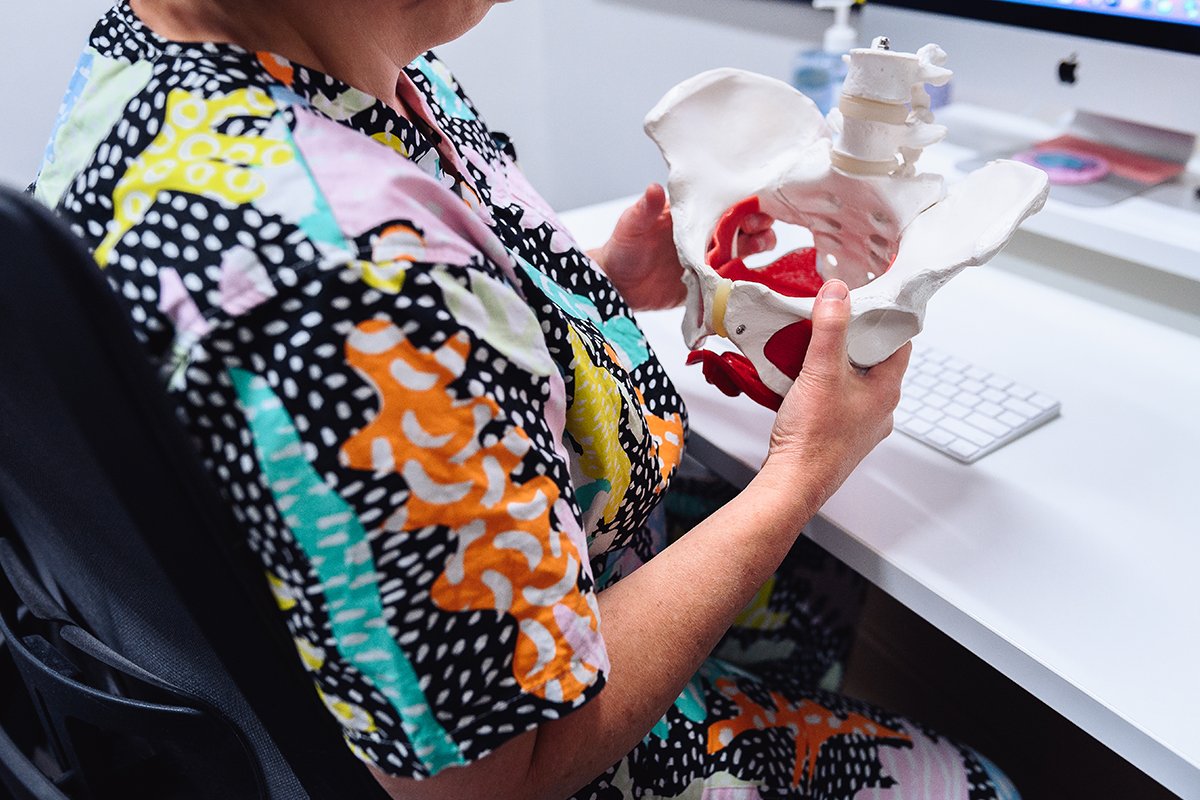
While Rachel found a home in Tasmania, she also experienced some of her most difficult times. Rachel has epilepsy, which had been successfully treated for years. The only problem was that her medication couldn’t be taken during pregnancy. Age meant she needed to think about starting a family if it was going to happen. She trialled a different medication. “It was a disaster,” she recalls. “I had seizures every six weeks or so. As a new grad, you try to be at work and hold yourself together, to not show weakness. But the stress cycle, of being worried about having seizures, made me have more seizures. The new medication never worked.” She went back on her original medication and hasn’t had a seizure in over 20 years.
Then, Rachel and her husband made a mutual decision to separate. She took some time on her own, she slowly came to discover something about herself. “Over that year, I realised that I might actually be gay.”
“This was 2003. It was a different world then,” she explains. “There was no one I knew who was outwardly gay, no politicians, nothing. It was invisible.” She slowly began dating. “There was one girl I met, who was a mentor for gay youth. She was wonderful and open, and she was like, ‘So, when did you first think you were gay?’ And I was like, ‘I’m not gay, there’s no gayness here.’ I thought her openness was amazing. In those days, I wasn’t brave enough to attend a pride event. People who were allies didn’t go to things. I was afraid I would be labelled as gay, and it might get back to work. It was very different to how it is now.”
Then, in 2007, Rachel met Colette. Over the past 15 years, they’ve been through everything together. At the start of their relationship, Colette had part-time care of her son, while his birth mother, Colette’s former partner, worked. Rachel was suddenly part of a family. “It was wonderful,” she recalls. But without legal recognition on the birth certificate, Colette had no recourse when that role came to an end after a few years. Rachel and Colette navigated that heartbreak together. Now, both parents, no matter the sex, are on the birth certificate.
Facing such a profound life challenge, combined with the complexities of Rachel’s epilepsy medication and insensitive advice from a medical practitioner, led to their decision not to try for children. It was a difficult time. “Because our partnership is good, we can deal with anything,” she says. “We have three nephews who we love, and we really value our relationship together.” Rachel and Colette were married in 2021.
Their relationship also helped Rachel explore different ways of living and working, ultimately leading her to create her own business, called Pelvic Physio. “It’s so wonderful having a true partner in crime, where you can explore all these avenues,” she says. “And then you actually both come to the same conclusion.” She rented the cheapest space she could find in case things didn’t work out. It turned out there was nothing to worry about. In her first three days, she saw 17 clients.
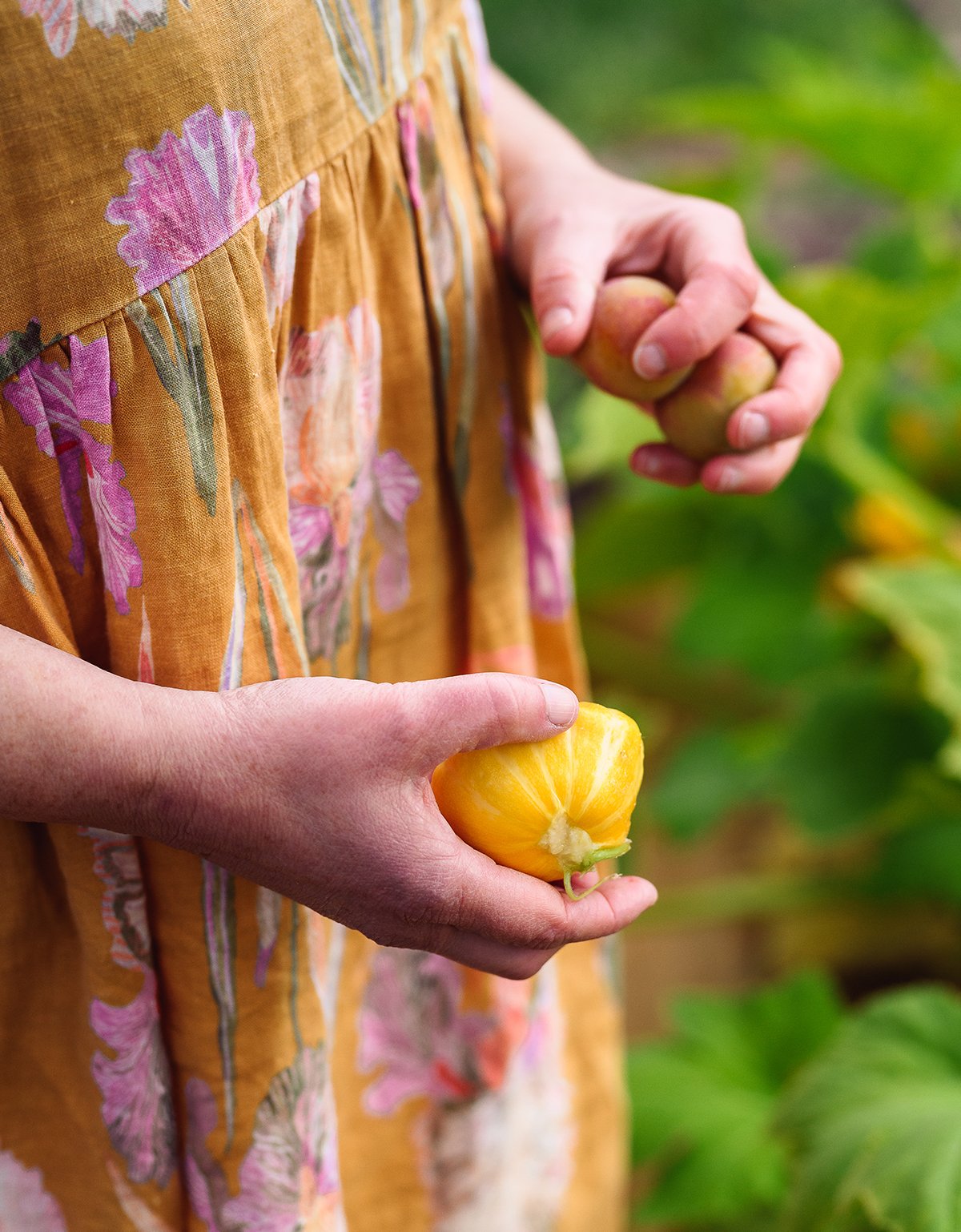
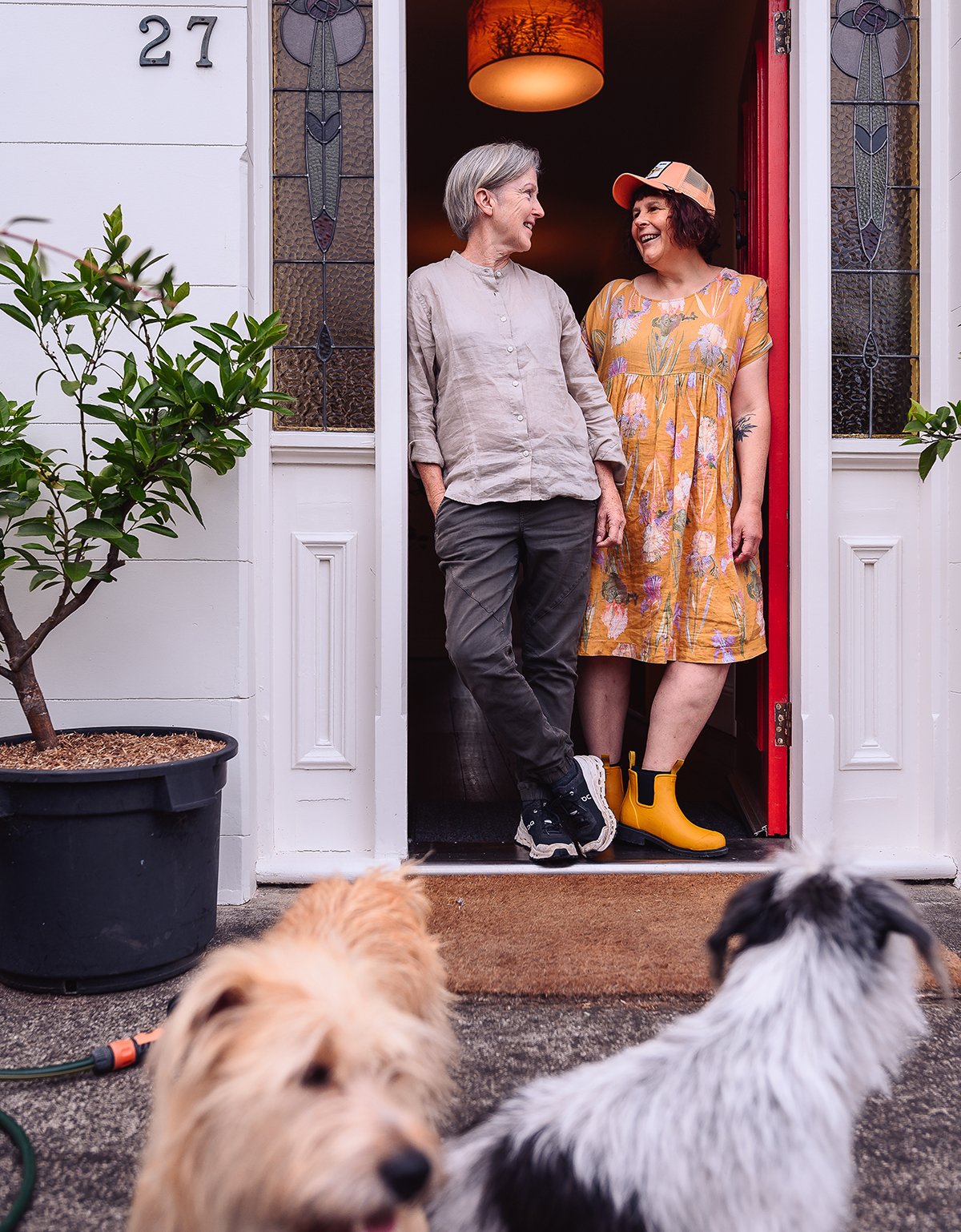
Part of our mission is to allow people to feel less shame and taboo about what’s going on with their bodies.
“I felt so pleased that people felt confident in me,” Rachel says. She and Colette worked together on her business model. “It’s become our superpower,” she explains. “Taking all the clinical knowledge and making it straightforward and simple. Part of our mission is to allow people to feel less shame and taboo about what’s going on with their bodies. I get a lot of referrals from people’s friends now, and I love that. It means people have come feeling worried and alone, and they’ve gotten better and talked to friends about it.”
Rachel explains, “You shouldn’t leak urine after a baby, and one in three women do. You shouldn’t leak poo after a baby, and one in ten women do. One in four women has pain with sex at some point in their life. When the baby is aged 0 to 2 is a time of hormones and tissue healing for the birth parent, but it’s also about the rest of their life. It’s about easing back into exercise, and not taking on too many home duties. It’s about taking as much time for yourself and the baby as you can, and accepting support when it’s offered, which can be hard.”
One of Rachel’s most important messages is that prevention is key. “Seeing someone at least once during pregnancy helps with labouring, recovery, and returning to the activities you want to do. You can see a pelvic physio before menopause, to help you prepare. It’s more than ‘just do your Kegel exercises’ – 60% of women don’t do pelvic floor exercises correctly, and of that 60%, 20% do them in a way that’s harmful.”
There are many pelvic physio care options available. “There are public and private pelvic floor physios around the state,” Rachel explains. “Ideally, you’re looking for someone with the APA Continence and Women’s Health Physio qualification. Most hospitals have one, and you can get a GP referral for what’s called a Team Care Arrangement, which gives you five subsidised visits with a private physio. Often the intervention is really quick. Stress incontinence (leaking urine when you do things like coughing, sneezing, or laughing), takes an average of five visits to fix. Other treatments are a few appointments spread out over a long time, which spreads out the cost. And a golden thing that came out of COVID was telehealth – I see patients all over the state, like in Penguin. It’s wonderful.”
Rachel hopes women feel proud of how amazing their bodies are. “It’s a big thing – giving birth. You’re not seeing a physio because you’re broken, or because what you did wasn’t natural, or your body wasn’t made to do it, or any of those things. Whichever way you gave birth, you’re facilitating a natural process and natural healing. Women’s bodies are amazing, and they do recover.”
We worked with southern Tasmanian photographer Moss Halliday-Hall for this Tasmanian story.
Read about more Tasmanians
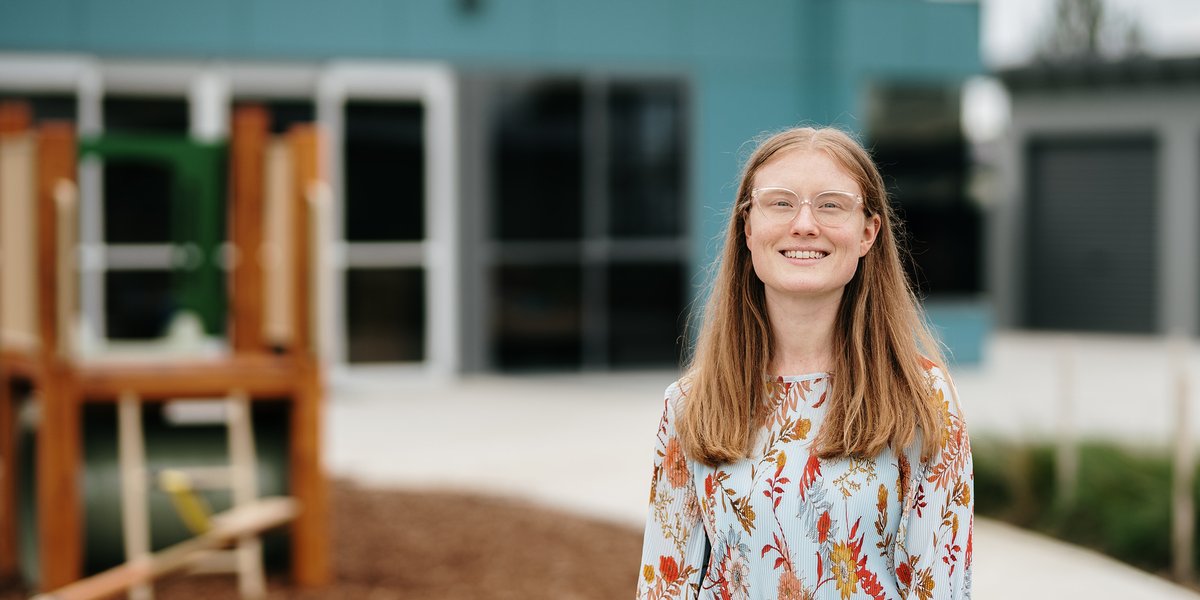
Rebekah Cook
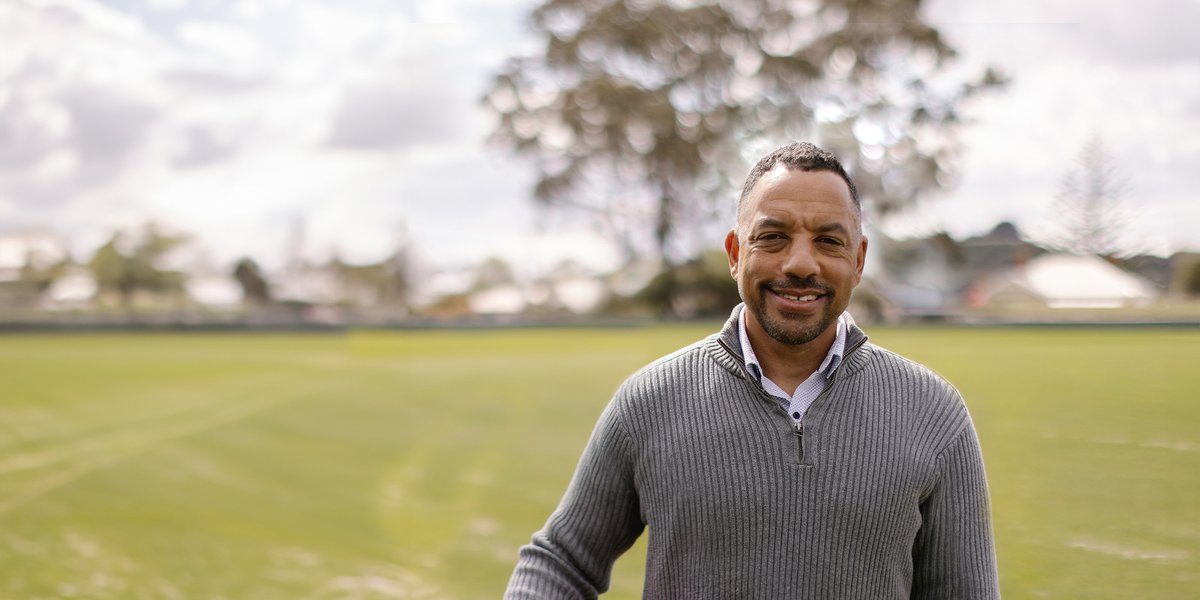
Kent Jackson
